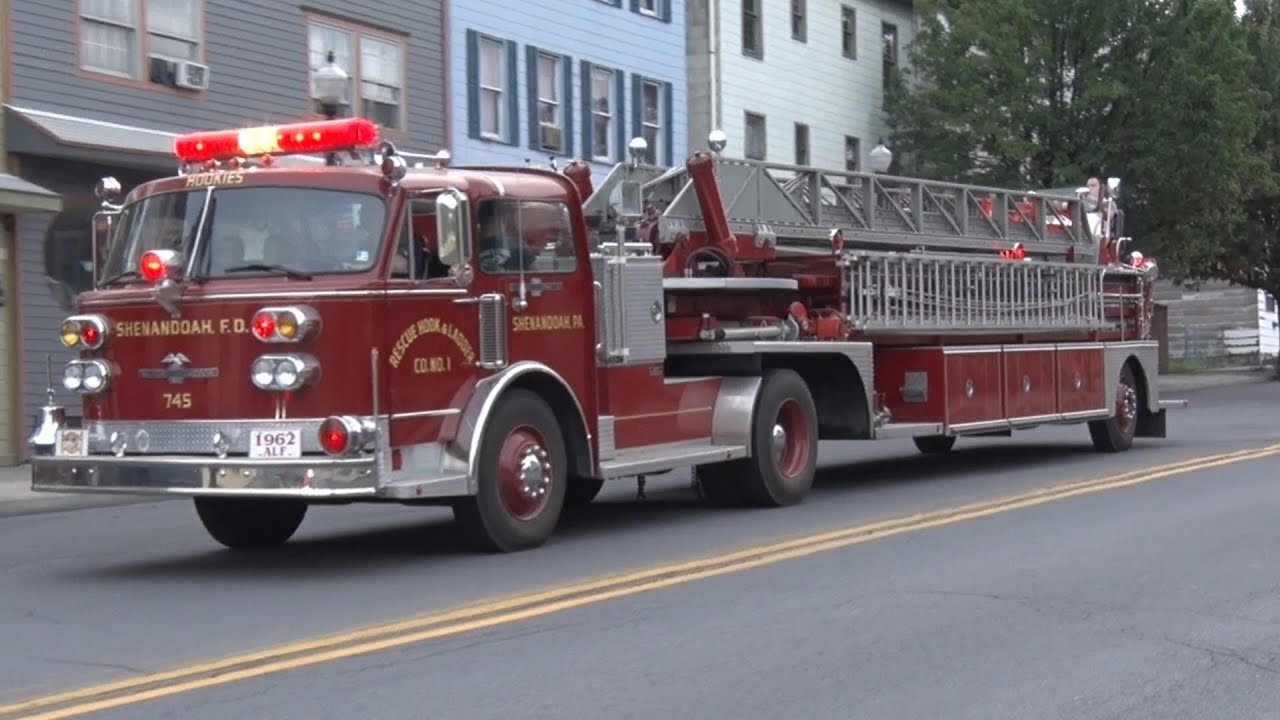

Articles
What Is A Hook And Ladder Truck
Modified: February 17, 2024
Discover the significance of a Hook and Ladder in firefighting through our informative articles. Enhance your knowledge about this essential equipment and its role in extinguishing fires.
(Many of the links in this article redirect to a specific reviewed product. Your purchase of these products through affiliate links helps to generate commission for Storables.com, at no extra cost. Learn more)
Introduction
A hook and ladder truck is an essential piece of firefighting equipment, specifically designed to tackle challenging situations and provide effective rescue operations. With its distinctive appearance and unique capabilities, the hook and ladder truck is a crucial asset in the firefighting industry.
In this article, we will explore the fascinating world of hook and ladder trucks, starting from their definition and history to their components, functions, and training requirements. We will also delve into notable examples of these impressive machines. So, let’s dive in and discover what makes hook and ladder trucks so vital in firefighting operations.
Key Takeaways:
- Hook and ladder trucks have evolved from simple ladders to sophisticated vehicles, providing crucial elevated access, specialized tools, and versatility for modern-day firefighters in combating fires and performing critical tasks.
- Operating a hook and ladder truck requires extensive specialized training, encompassing technical knowledge, communication, problem-solving, decision-making, and physical fitness, ensuring firefighters are equipped to handle the complex demands of these firefighting apparatus.
Read more: How To Use Ladder Hooks
Definition of a Hook and Ladder
A hook and ladder truck, also commonly known as a ladder truck or aerial ladder truck, is a specialized type of fire apparatus used by fire departments worldwide. It is a large vehicle equipped with a long, extendable ladder, often mounted on a turntable at the rear of the truck. The overall height and reach of the ladder can vary depending on the specific model and manufacturer.
The “hook” in the name refers to the large metal hook at the end of the ladder, which is used for various purposes during firefighting and rescue operations. The hook can be used to break windows, penetrate walls, or gain access to elevated areas such as rooftops. It is essential for reaching victims trapped in upper floors or providing an elevated vantage point for firefighters.
The “ladder” part of the truck’s name relates to the retractable ladder section mounted on the turntable. This ladder can be extended to reach heights of several stories, allowing firefighters to enter buildings or perform rescue operations from above.
Hook and ladder trucks are typically equipped with a wide range of firefighting tools and equipment, such as hoses, nozzles, axes, ropes, and ventilation fans. They also often have a water pump and a water tank to provide a water source for firefighting efforts.
These trucks are versatile firefighting machines capable of performing several critical functions. Their primary purpose is to provide elevated access to fires and rescue scenes, enabling firefighters to reach high-rise buildings and other inaccessible areas. They can also be used for ventilation, search and rescue, aerial spraying, and even as platforms for hose operations.
Now that we understand the fundamentals of a hook and ladder truck, let’s explore their fascinating history, beginning with their origins and evolution over time.
History of the Hook and Ladder
The use of ladders for firefighting can be traced back to ancient civilizations, where people used primitive forms of ladders to access burning structures and rescue trapped individuals. However, it wasn’t until the 18th century that the concept of a dedicated hook and ladder truck emerged.
In the early days of firefighting, ladders were often carried by hand or transported on carts pulled by horses. Firefighters would manually extend the ladders to gain access to elevated areas. This process was time-consuming and limited the effectiveness of firefighter’s efforts.
Then, in the late 18th century, the innovation of the aerial ladder emerged. The concept was simple yet revolutionary: a ladder mounted on a pivoting turntable, allowing it to be raised and extended to reach higher heights. This advancement significantly increased the accessibility and effectiveness of firefighters in combating fires.
Over time, advancements in technology and engineering led to the development of more sophisticated hook and ladder trucks. In the 19th century, steam-powered turntable ladders were introduced, providing even greater reach and flexibility. These steam-powered trucks were equipped with large water pumps, allowing firefighters to deliver a substantial amount of water to extinguish fires.
The 20th century brought further advancements, with the introduction of motorized hook and ladder trucks. These vehicles were powered by internal combustion engines, allowing for faster response times and increased mobility. The advent of hydraulic systems further improved the maneuverability and extendability of the ladder, making it easier for firefighters to access higher levels of buildings.
Today, hook and ladder trucks continue to evolve, incorporating state-of-the-art technology and innovative features. Modern versions are equipped with advanced safety systems, improved stabilization mechanisms, and enhanced firefighting capabilities. They are designed to withstand various environmental conditions and tackle a wide range of emergency situations.
The history of the hook and ladder truck showcases the ever-evolving nature of firefighting equipment. Through centuries of innovation and improvements, these trucks have become indispensable tools for firefighters worldwide, enabling them to save lives and protect communities.
Now that we have explored the history of hook and ladder trucks, let’s move on to understanding the various components that make up these impressive firefighting machines.
Components of a Hook and Ladder Truck
A hook and ladder truck consists of various components that work together to provide firefighters with the necessary tools and resources to combat fires and perform rescue operations. Let’s take a closer look at these essential components:
- Ladder: The most distinctive feature of a hook and ladder truck is its extendable ladder. This ladder is usually made of lightweight but durable materials such as aluminum or fiberglass. The length of the ladder can vary, with some trucks capable of reaching heights exceeding 100 feet. The ladder is typically mounted on a turntable at the rear of the truck, allowing it to be rotated and positioned as needed.
- Bucket or Platform: Located at the top of the ladder is a bucket or platform where firefighters can position themselves. The bucket or platform provides a stable working area and is equipped with safety features such as guardrails and harnesses to protect firefighters while they perform their duties.
- Hydraulic System: A hook and ladder truck is equipped with a hydraulic system that allows for the extension, retraction, and rotation of the ladder. This system is powered by high-pressure hydraulic fluid and controlled from within the truck’s cabin. The hydraulic system provides precise control over the movement of the ladder, ensuring safe and efficient operations.
- Stabilization Mechanisms: To ensure stability while the ladder is in use, hook and ladder trucks are equipped with various stabilization mechanisms. These mechanisms include outriggers, which are extendable beams that provide additional support and prevent the truck from tipping over during operations. Some trucks also have automatic leveling systems that adjust the truck’s position to maintain stability on uneven terrain.
- Water Pump and Tank: Many hook and ladder trucks are equipped with a water pump and tank, allowing firefighters to have an immediate water supply for firefighting efforts. The water pump can deliver water at high pressure, enabling firefighters to effectively extinguish fires from an elevated position. The water tank, usually located within the truck’s chassis, stores a certain amount of water that can be used when a permanent water source is not readily available.
- Equipment Storage Compartments: Hook and ladder trucks have compartments built into their body to store firefighting tools and equipment. These compartments are strategically designed to ensure quick and easy access to tools such as hoses, nozzles, axes, ropes, and ventilation fans. Organized storage of equipment is essential for efficient firefighting and rescue operations.
- Lighting and Communication Systems: To operate effectively during nighttime or low-light situations, hook and ladder trucks are equipped with a variety of lighting systems. These include headlights, floodlights, and spotlights, which provide illumination to the work area. In addition, communication systems such as radios and intercoms are installed to facilitate effective communication between crew members and incident command.
These components come together to create a comprehensive firefighting and rescue platform in the form of a hook and ladder truck. The combination of the ladder’s reach, the stability of the truck, and the equipment stored onboard allows firefighters to tackle fires and perform critical operations from a higher vantage point.
Now that we have explored the components of a hook and ladder truck, let’s move on to understanding the important functions and uses of these impressive firefighting vehicles.
A hook and ladder is a type of fire truck equipped with a large ladder and a hook for breaking windows or pulling down walls. It is used for reaching tall buildings and rescuing people from upper floors during fires.
Function and Uses of a Hook and Ladder
A hook and ladder truck serves several crucial functions in firefighting and rescue operations. It is a versatile piece of equipment that provides firefighters with the means to access elevated areas, perform aerial operations, and carry out various specialized tasks. Let’s explore the primary functions and uses of a hook and ladder:
- Elevated Access: One of the main functions of a hook and ladder truck is to provide elevated access to fires and rescue scenes. The extendable ladder allows firefighters to reach upper floors of buildings, rooftops, and other elevated areas that would otherwise be challenging or impossible to access. This elevated position provides a strategic advantage for extinguishing fires, performing search and rescue operations, and even providing medical assistance.
- Rescue Operations: Hook and ladder trucks play a crucial role in rescue operations during emergencies. The ladder and platform at the top of the truck enable firefighters to safely retrieve individuals trapped in high-rise buildings. Firefighters can use the ladder to access windows, balconies, or roofs, allowing them to perform swift and efficient rescues. The platform provides a stable working area for the extraction of victims, minimizing the risk of injury during the rescue process.
- Ventilation: Fire produces smoke and toxic gases that can be extremely hazardous to both firefighters and occupants of a burning building. Hook and ladder trucks are equipped with powerful ventilation fans that help circulate air and remove smoke from the affected area. This allows firefighters to locate and rescue victims more effectively, as well as improve visibility within the building to facilitate firefighting efforts.
- Aerial Operations: Apart from firefighting and rescue operations, hook and ladder trucks are used for various aerial operations. This includes activities such as aerial reconnaissance, aerial spraying of firefighting agents, and the deployment of additional equipment or resources from an elevated position. The height and reach of the ladder provide an advantageous standpoint for conducting these aerial tasks.
- Water Delivery: Many hook and ladder trucks are equipped with water pumps and tanks, allowing them to function as a mobile water supply during firefighting operations. The ladder can be used as a platform to deliver water to high levels of a building, aiding in the extinguishing of fires from an advantageous position. This feature is particularly valuable when a permanent water source is not readily available.
- Support Functions: Hook and ladder trucks often serve as support vehicles at firefighting incidents. They can provide a secure anchor point for rope rescue operations or act as a staging area for tools and equipment. They may also be used as a command post or a platform for aerial observation, allowing incident commanders to oversee operations and make informed decisions.
With their versatility and range of functions, hook and ladder trucks are indispensable tools in the firefighting industry. They enable firefighters to perform crucial tasks efficiently and safely, ultimately contributing to the protection of life and property during emergencies.
Now that we understand the various functions and uses of a hook and ladder truck, let’s explore the training and skills required to operate these impressive firefighting machines.
Read more: How Much Does A Ladder Fire Truck Weigh
Training and Skills Required for Operating a Hook and Ladder
Operating a hook and ladder truck requires specialized training and a range of skills to ensure the safety and effectiveness of firefighting operations. Firefighters who operate these vehicles must possess a comprehensive understanding of ladder truck operations and the ability to perform their duties efficiently. Let’s delve into the training and skills required for operating a hook and ladder:
- Firefighter Training: Before operating a hook and ladder truck, firefighters undergo rigorous training to become certified firefighters. This training covers a wide range of firefighting techniques, including fire behavior and control, equipment handling, safety procedures, and more. It provides the foundation for operating all types of firefighting apparatus, including hook and ladder trucks.
- Specialized Training: Firefighters interested in operating a hook and ladder truck often pursue additional specialized training programs. These programs focus on the specific skills and knowledge required to safely and effectively operate the truck’s components, such as ladder extension and retraction, ladder placement, hydraulic system operation, stabilization techniques, and aerial operations. This training ensures that firefighters are proficient in handling the unique challenges associated with hook and ladder trucks.
- Vehicle Operation and Maintenance: Alongside the technical aspects of operating the ladder and other components, firefighters must also receive training in vehicle operation and maintenance. This includes acquiring a commercial driver’s license (CDL) to legally operate the truck on public roads and understanding the mechanical aspects of the vehicle. Proper maintenance routines, including daily inspections, preventive maintenance, and troubleshooting, are essential to ensure the truck operates reliably during emergency situations.
- Communication and Coordination: Effectively operating a hook and ladder truck requires strong communication and coordination skills. Firefighters need to communicate with the rest of the crew, incident command, and other responding agencies to ensure seamless coordination during emergency operations. This includes using radios, intercom systems, and hand signals to relay information and follow instructions.
- Problem-Solving and Decision-Making: Firefighters operating hook and ladder trucks must be adept at problem-solving and decision-making in rapidly changing and high-pressure situations. They need to quickly assess the best approach for ladder placement, evaluate risks, and make informed decisions that maximize the effectiveness of their operations. Sound judgment and critical thinking skills are vital for successful outcomes.
- Physical Fitness: Operating a hook and ladder truck can be physically demanding. Firefighters must possess a high level of physical fitness to handle the rigors of the job. This includes endurance, strength, and agility to climb ladders, carry heavy equipment, and perform physically demanding tasks during emergency situations.
Continuous training and skills development are essential for firefighters who operate hook and ladder trucks. They must stay up to date with the latest advancements in technology, equipment, and firefighting techniques to ensure effective and safe operations.
By honing their skills and continuously updating their knowledge, firefighters operating hook and ladder trucks can confidently carry out their duties and contribute to successful firefighting and rescue operations.
Now that we have explored the training and skills required to operate a hook and ladder truck, let’s discover some notable examples of these impressive firefighting vehicles.
Notable Examples of Hook and Ladder Trucks
The world of firefighting has seen the development of numerous innovative and impressive hook and ladder trucks over the years. These vehicles combine advanced technology, robust design, and versatile capabilities to address the unique challenges faced by modern-day firefighters. Let’s take a look at some notable examples of hook and ladder trucks:
- Rosenbauer L32A-XS: The Rosenbauer L32A-XS is a state-of-the-art hook and ladder truck that boasts impressive reach and maneuverability. With a maximum working height of over 100 feet and a 360-degree continuous rotation, this ladder truck offers exceptional accessibility for firefighting and rescue operations. It is equipped with advanced safety features, touch-screen controls, and a powerful water pump to deliver optimal performance.
- Ferrara Inferno HD-107: The Ferrara Inferno HD-107 is a heavy-duty hook and ladder truck known for its rugged construction and extensive customization options. Built to withstand intense firefighting conditions, this truck features a spacious platform, a smooth-operating ladder, and an ergonomic cabin for enhanced comfort and control. It offers exceptional stability and reach, making it a reliable choice for demanding firefighting operations.
- Pierce Ascendant 107′ Heavy-Duty Aerial Ladder: The Pierce Ascendant 107′ Heavy-Duty Aerial Ladder is a popular choice among fire departments worldwide. It features an aerial ladder with an industry-leading vertical reach of 107 feet and an impressive horizontal reach of 100 feet. Equipped with Pierce’s advanced Command Zone™ technology, this ladder truck offers precise control, enhanced safety features, and smart diagnostic capabilities.
- Rosenbauer T-Rex: The Rosenbauer T-Rex combines the functionality of a hook and ladder truck with the versatility of a rescue platform. It features a telescopic boom with a rotating rescue cage, allowing for extended reach and safer rescue operations. This innovative design enables firefighters to access difficult-to-reach areas and perform complex rescues, making it an invaluable asset in urban search and rescue scenarios.
- Sutphen SPH 100 Aerial Platform: The Sutphen SPH 100 Aerial Platform is a high-performance hook and ladder truck known for its impressive reach and stability. With a vertical reach of 100 feet and a 94-foot horizontal reach, this ladder truck offers optimal flexibility for firefighting and rescue operations. It boasts a lightweight yet durable design, advanced safety systems, and intuitive controls.
These notable examples represent a glimpse into the diverse range of hook and ladder trucks available in the firefighting industry. Each model offers its own unique features and capabilities, catering to the specific needs and preferences of fire departments worldwide.
As technology continues to advance, we can expect further innovations in the design and functionality of hook and ladder trucks, ensuring firefighters have the best tools at their disposal to effectively combat fires and protect lives.
Now that we have explored notable examples of hook and ladder trucks, let’s conclude our journey into the fascinating world of these firefighting machines.
Conclusion
Hook and ladder trucks have come a long way in the history of firefighting, evolving from simple manually extended ladders to sophisticated vehicles equipped with advanced technology and capabilities. These impressive machines play a vital role in firefighting and rescue operations, providing firefighters with elevated access, specialized tools, and versatility in combating fires and performing critical tasks.
From their definition and history to their components, functions, and training requirements, we have explored the diverse aspects of hook and ladder trucks. These vehicles are designed to meet the unique challenges faced by modern-day firefighters, allowing them to reach higher heights, extend their reach, and carry out complex operations with enhanced safety and efficiency.
The training and skills required for operating hook and ladder trucks are extensive, encompassing not only technical knowledge of vehicle operation but also communication, problem-solving, decision-making, and physical fitness. Firefighters who operate these vehicles must undergo specialized training to ensure they are capable of handling the complex demands of these firefighting apparatus.
Notable examples of hook and ladder trucks demonstrate the continuous advancements in technology and innovation within the firefighting industry. From Rosenbauer to Ferrara to Pierce and Sutphen, these vehicles showcase exceptional reach, stability, and safety features that aid firefighters in their courageous efforts to protect lives and property.
As we conclude our exploration of hook and ladder trucks, it is evident that these machines are an essential part of modern firefighting. Their presence provides reassurance to communities, knowing that skilled firefighters have the necessary tools and equipment to effectively combat fires, perform daring rescues, and protect lives in the face of emergencies.
As technology continues to advance, we can expect further enhancements in the design, capabilities, and safety features of hook and ladder trucks. Firefighters will continue to rely on these remarkable vehicles to overcome the ever-evolving challenges of fire incidents and provide aid to those in need.
So the next time you see a hook and ladder truck rushing to the scene, remember the dedication and expertise of the firefighters operating it, and the vital role these vehicles play in keeping our communities safe.
Frequently Asked Questions about What Is A Hook And Ladder Truck
Was this page helpful?
At Storables.com, we guarantee accurate and reliable information. Our content, validated by Expert Board Contributors, is crafted following stringent Editorial Policies. We're committed to providing you with well-researched, expert-backed insights for all your informational needs.
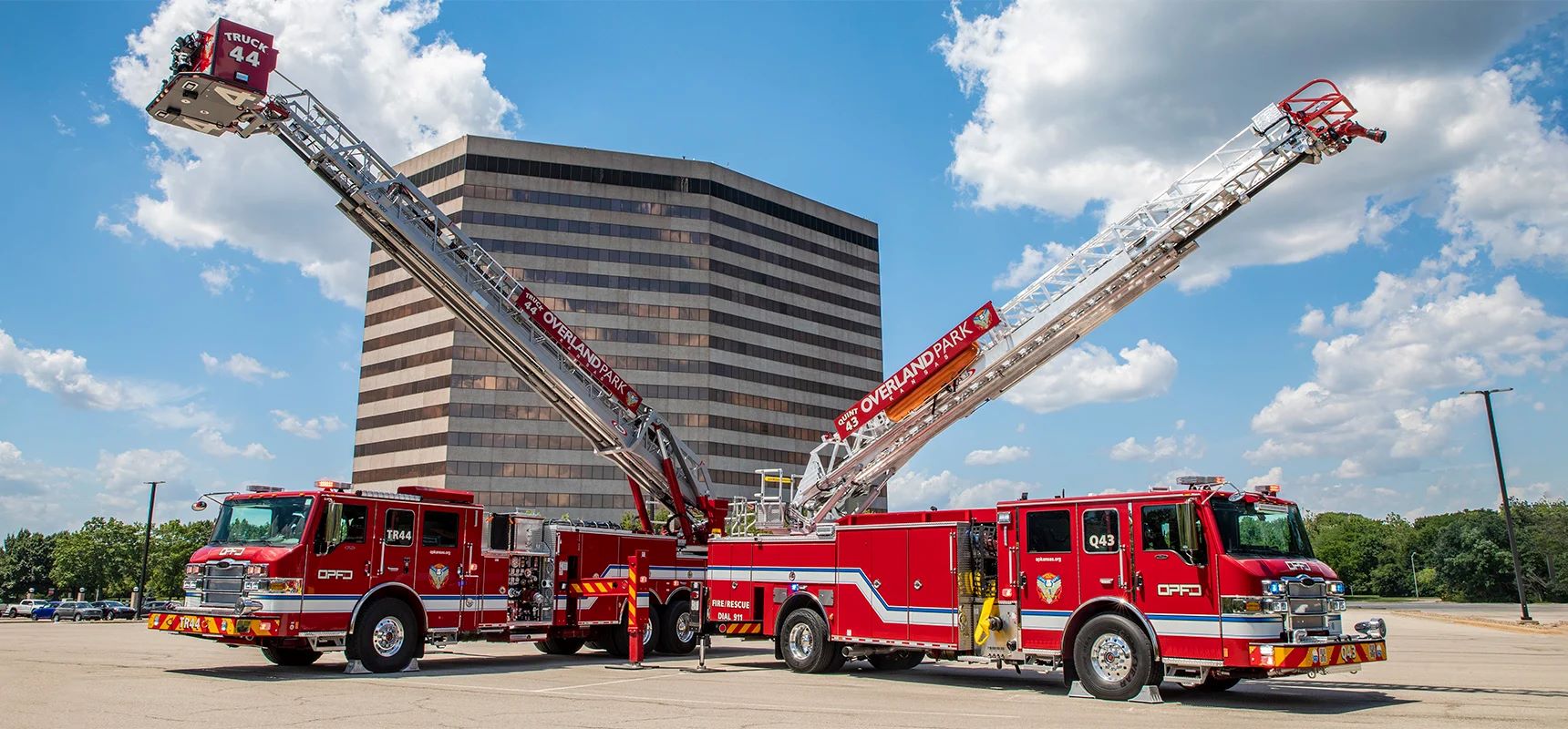
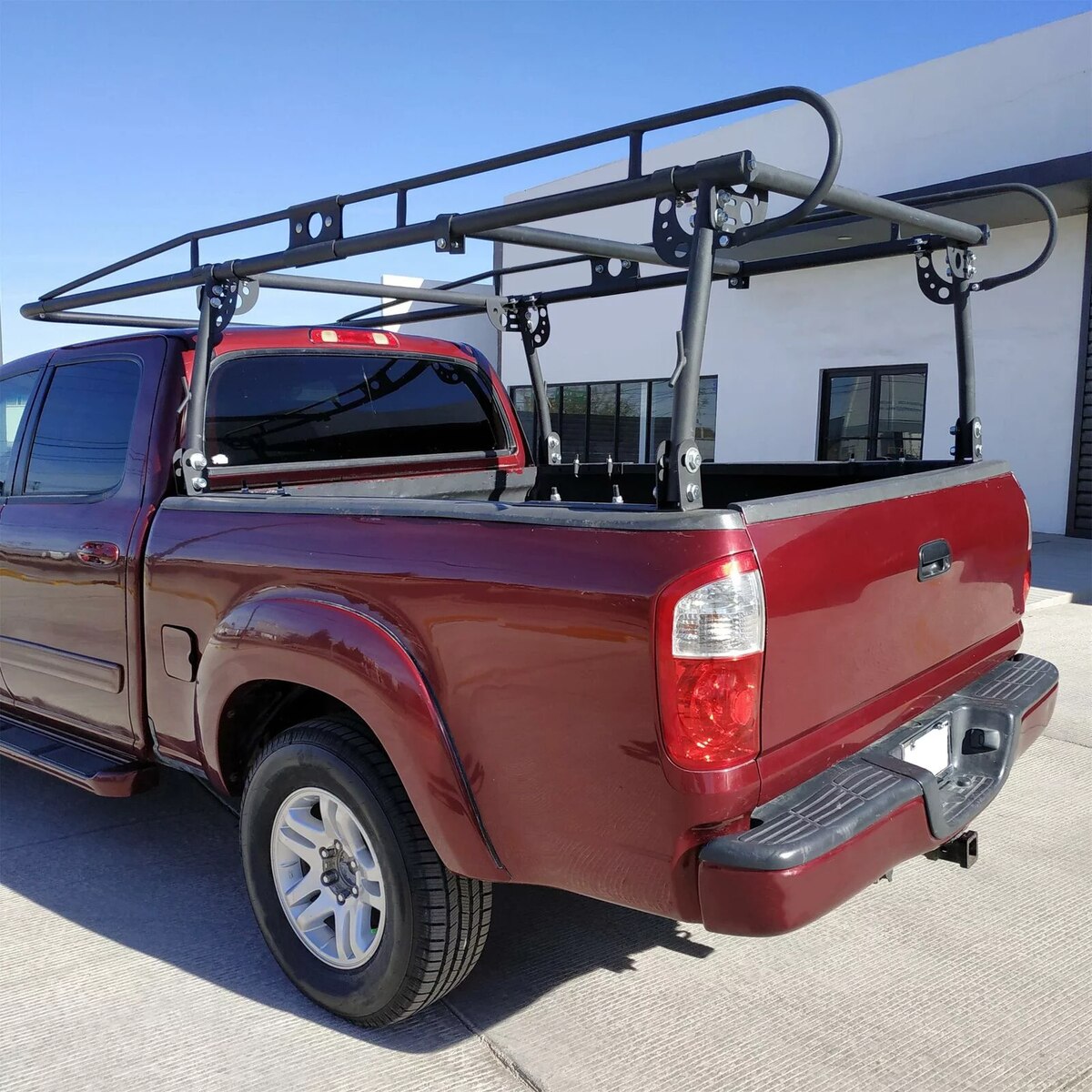
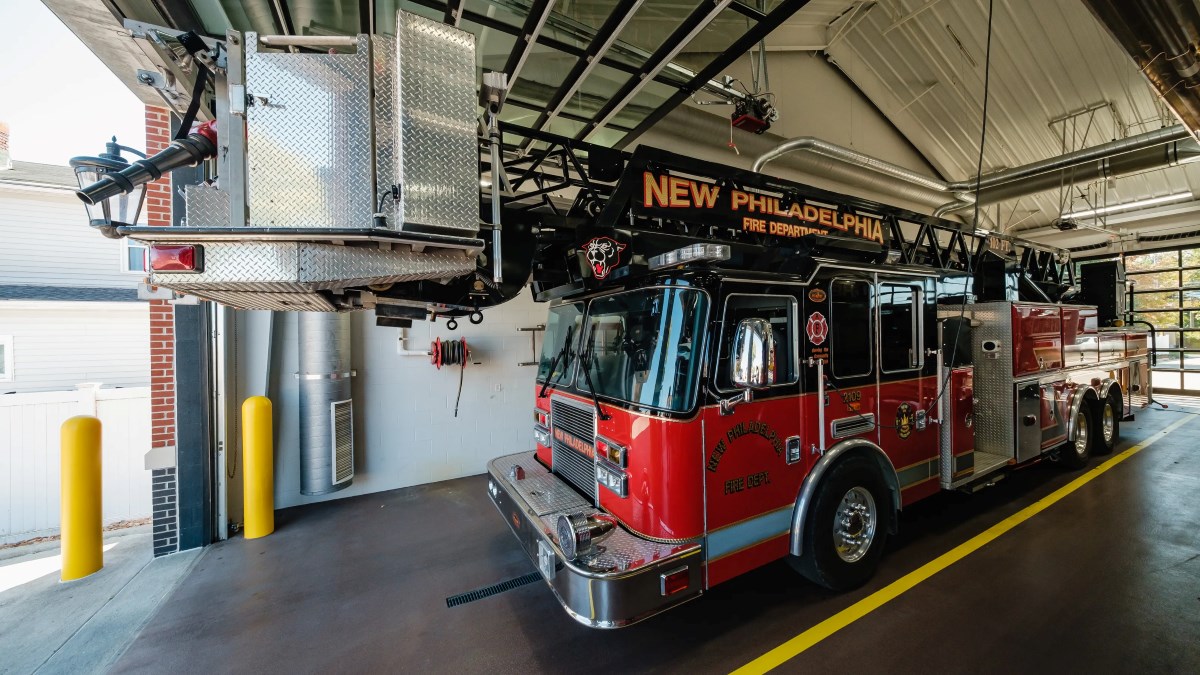
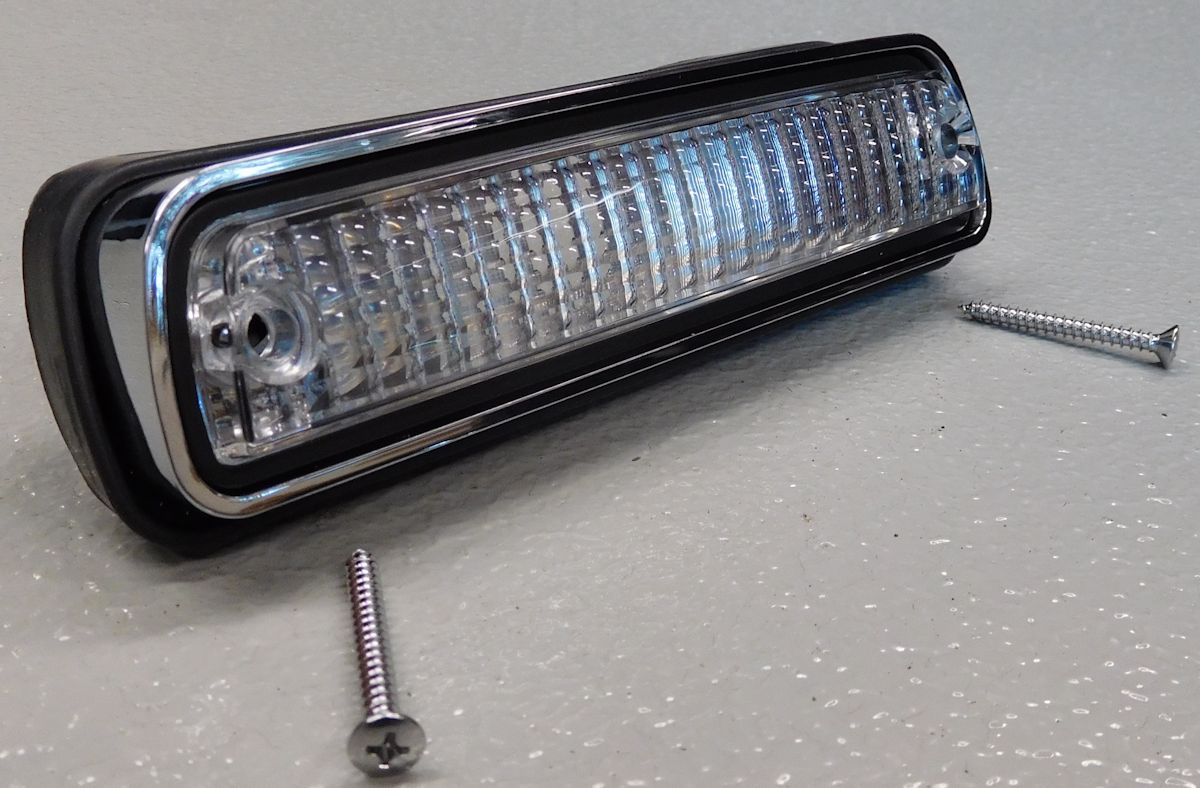

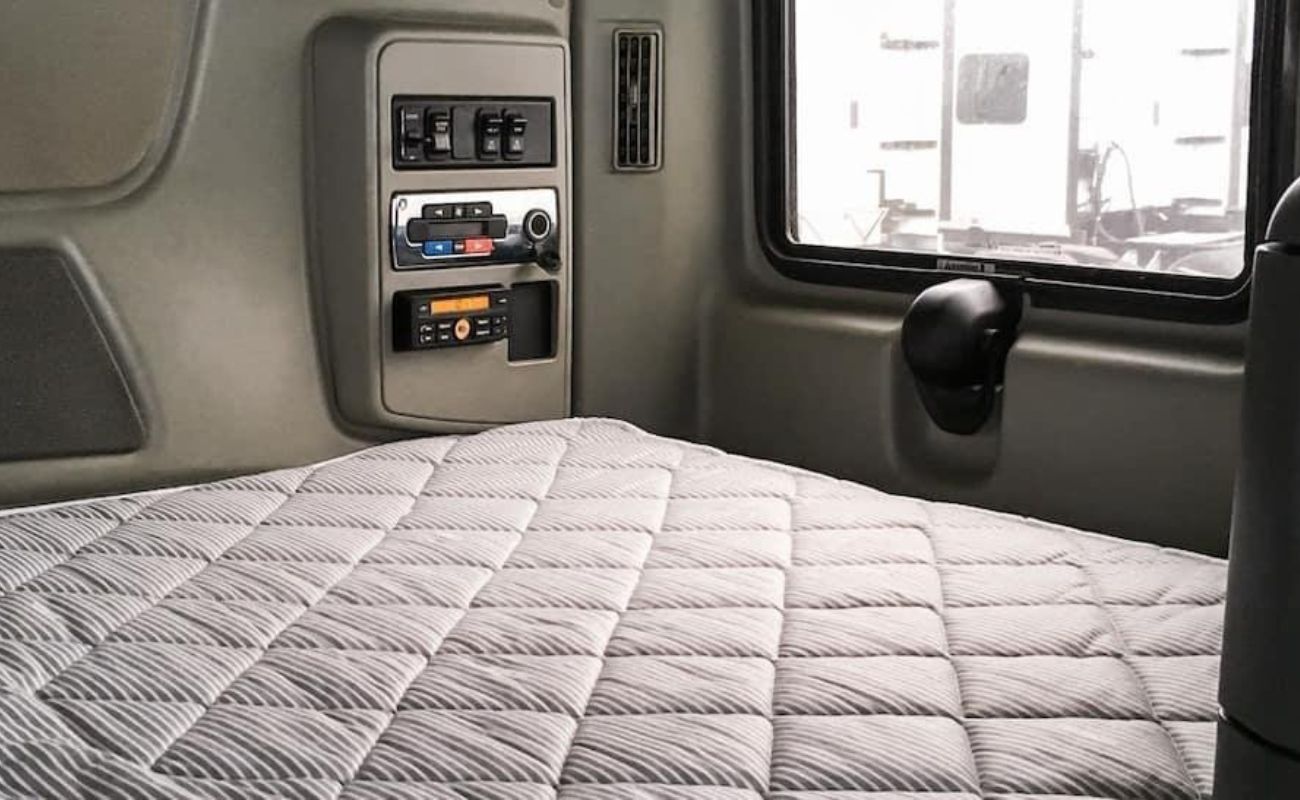

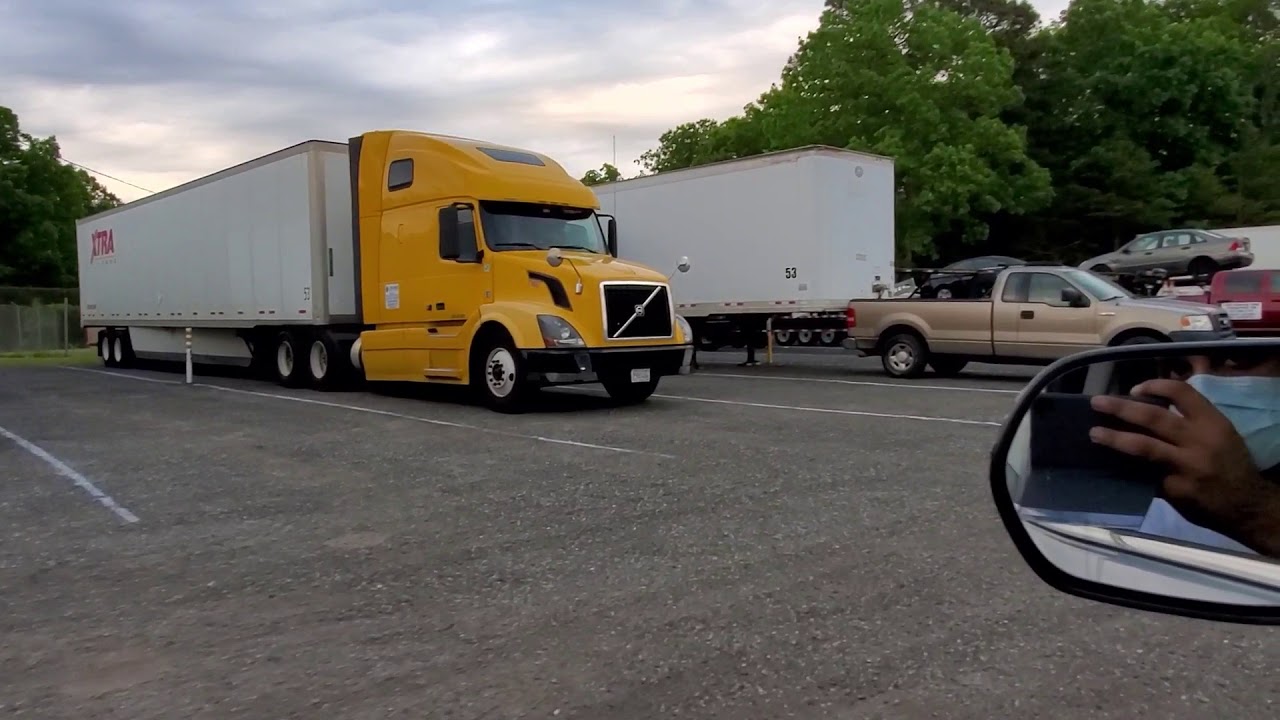
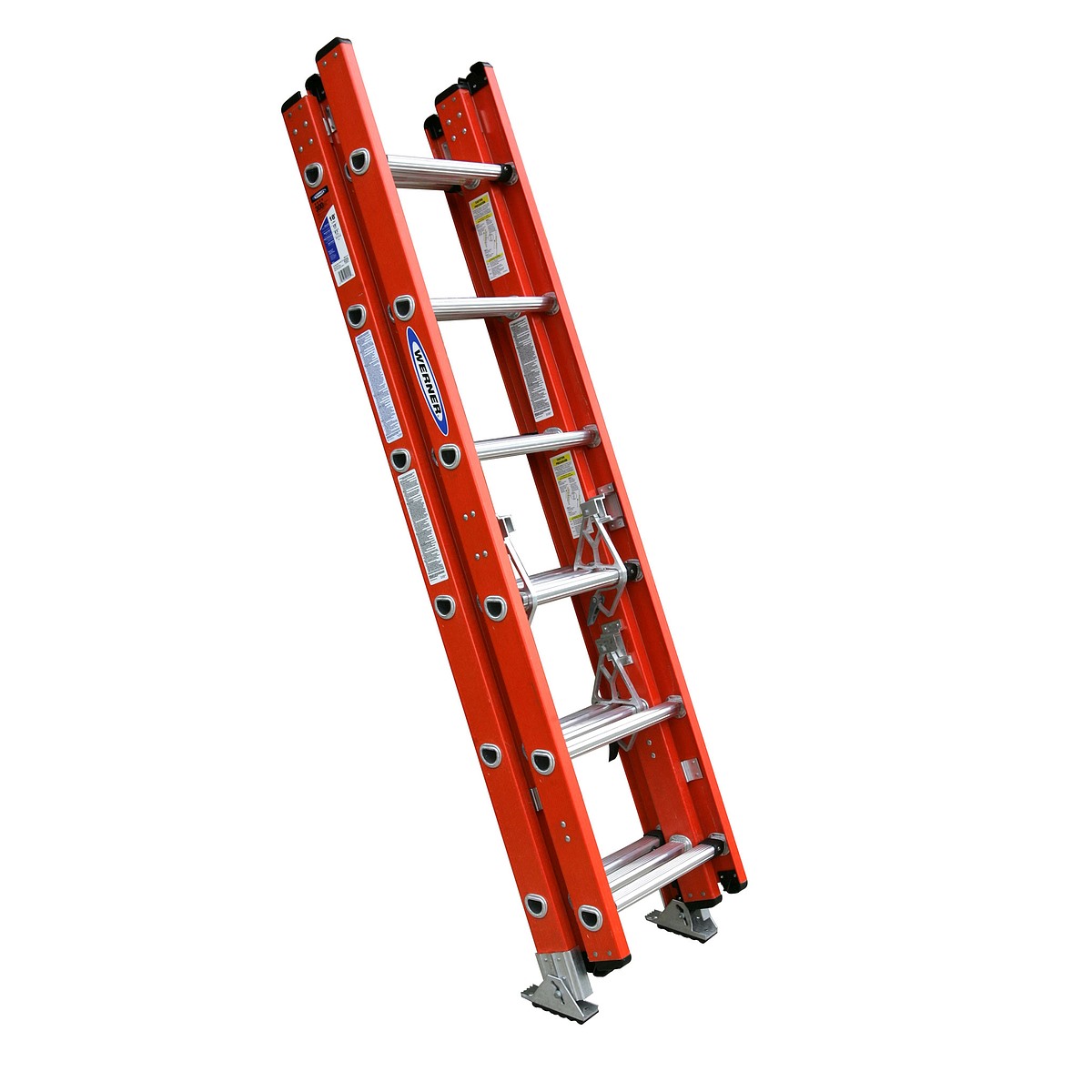
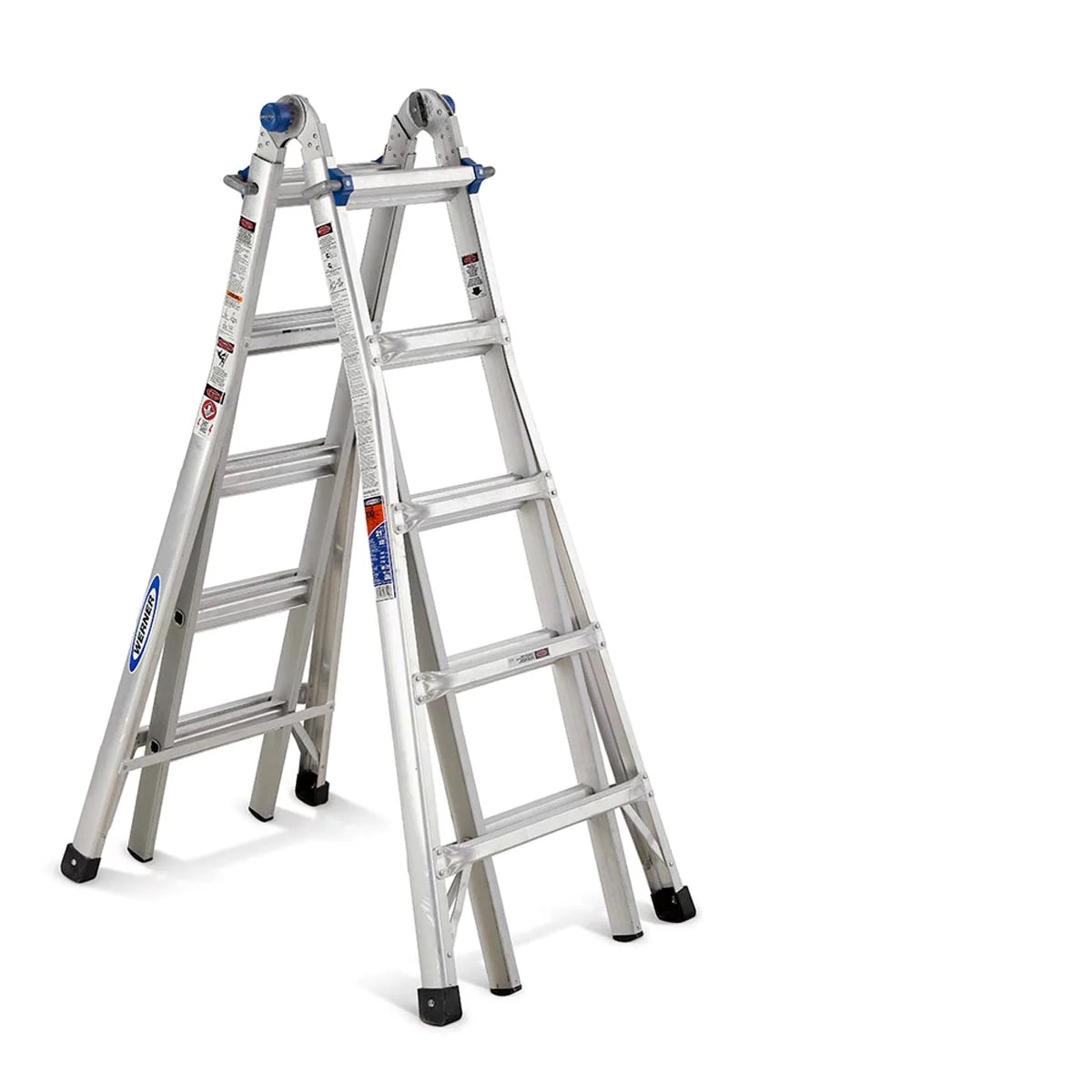
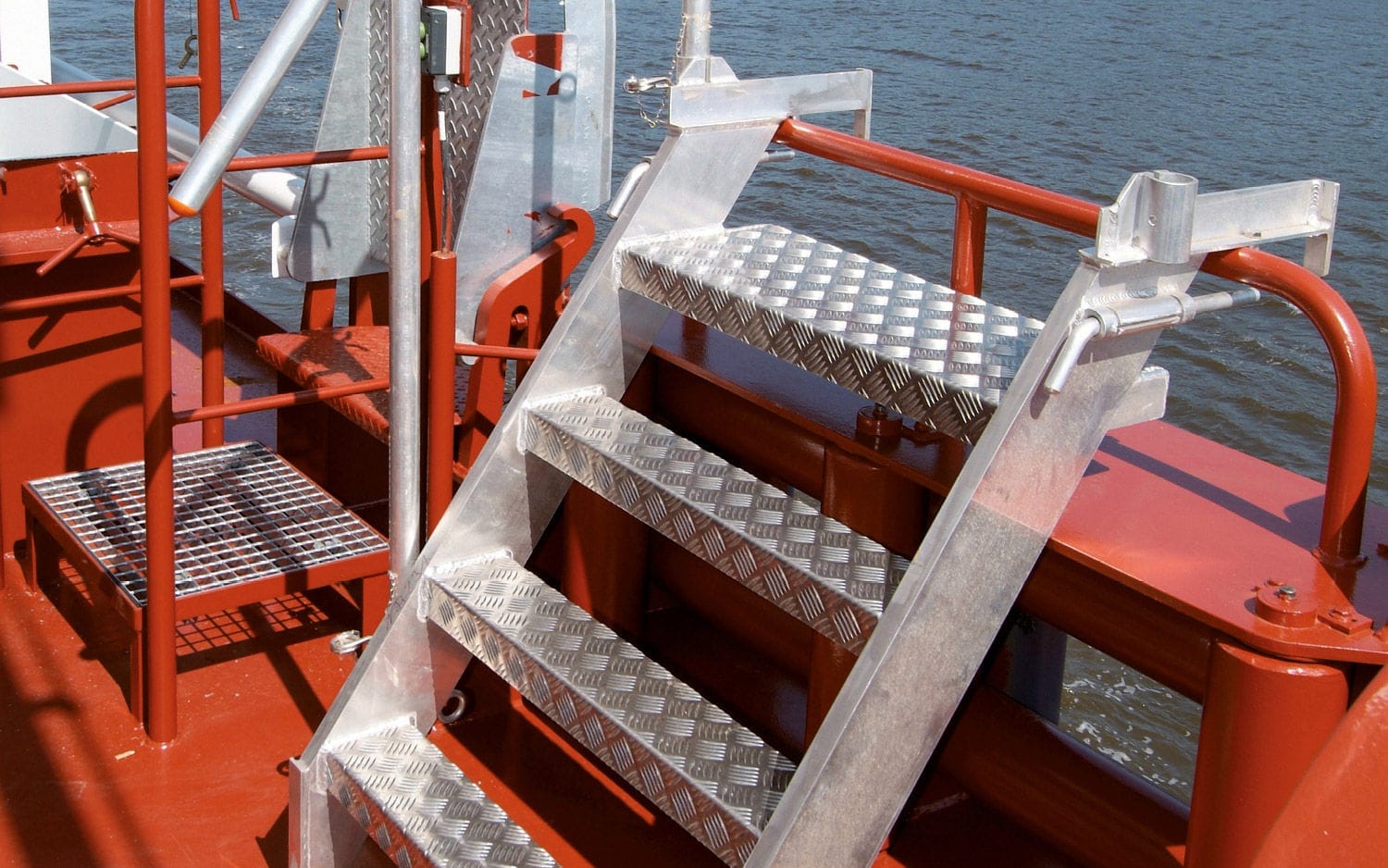
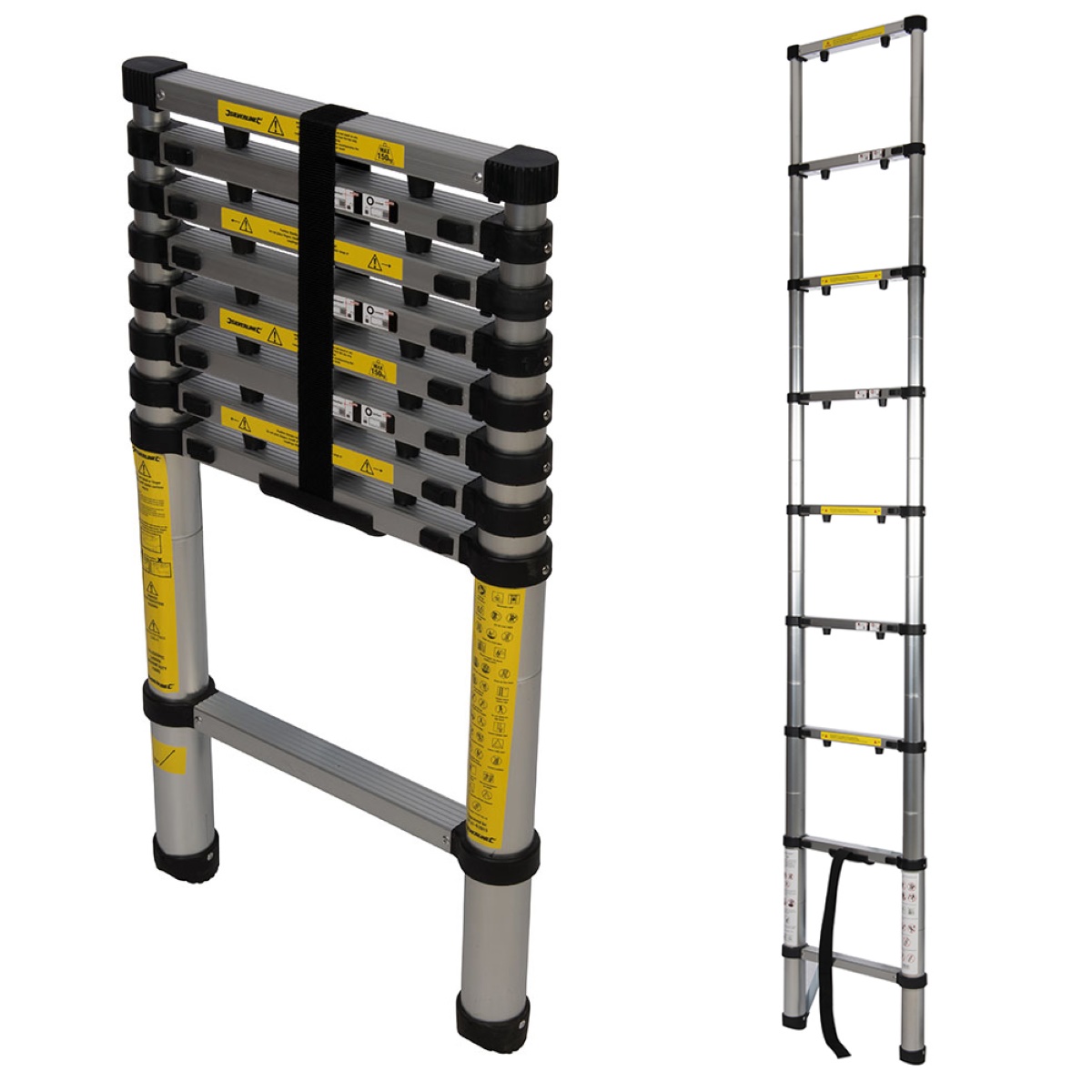
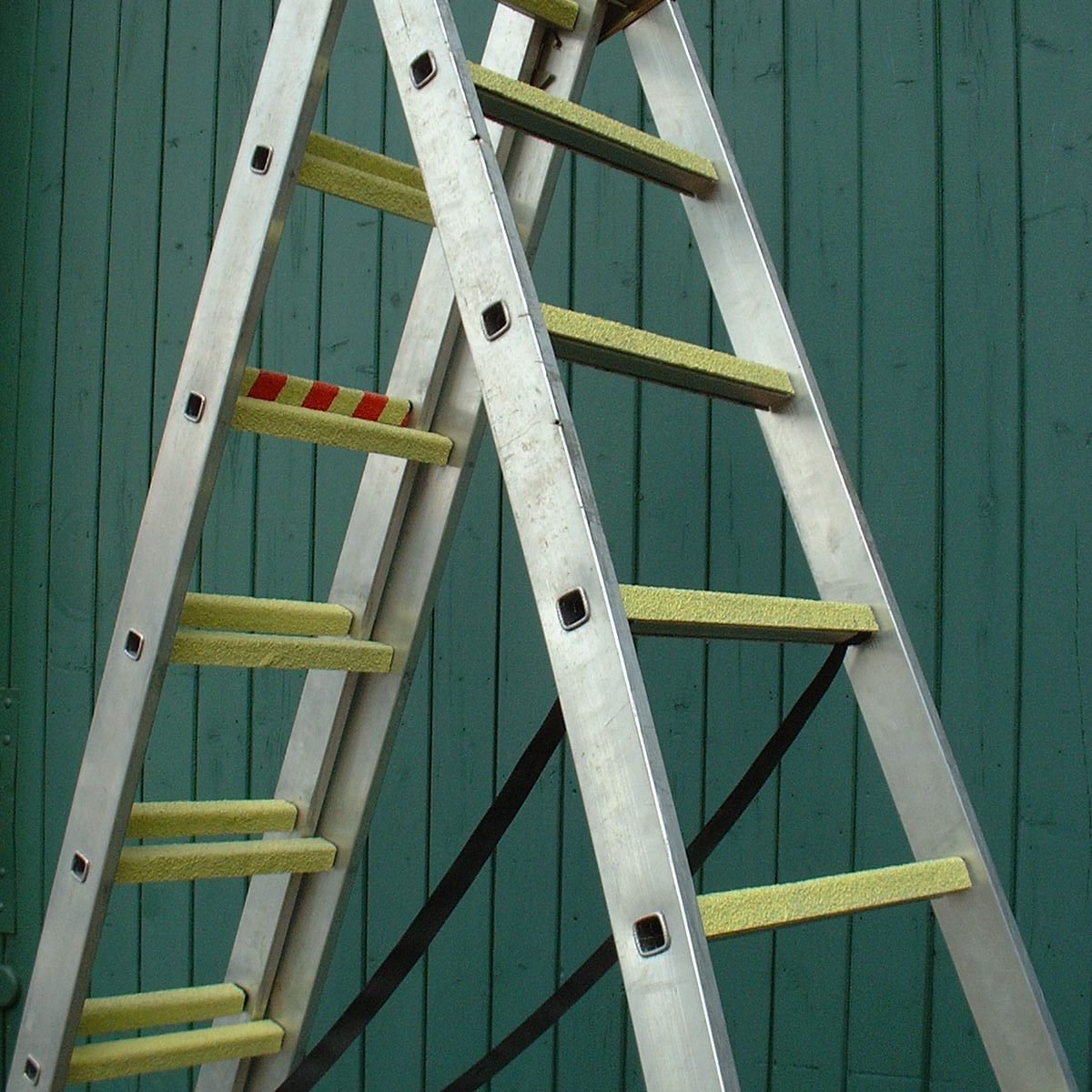
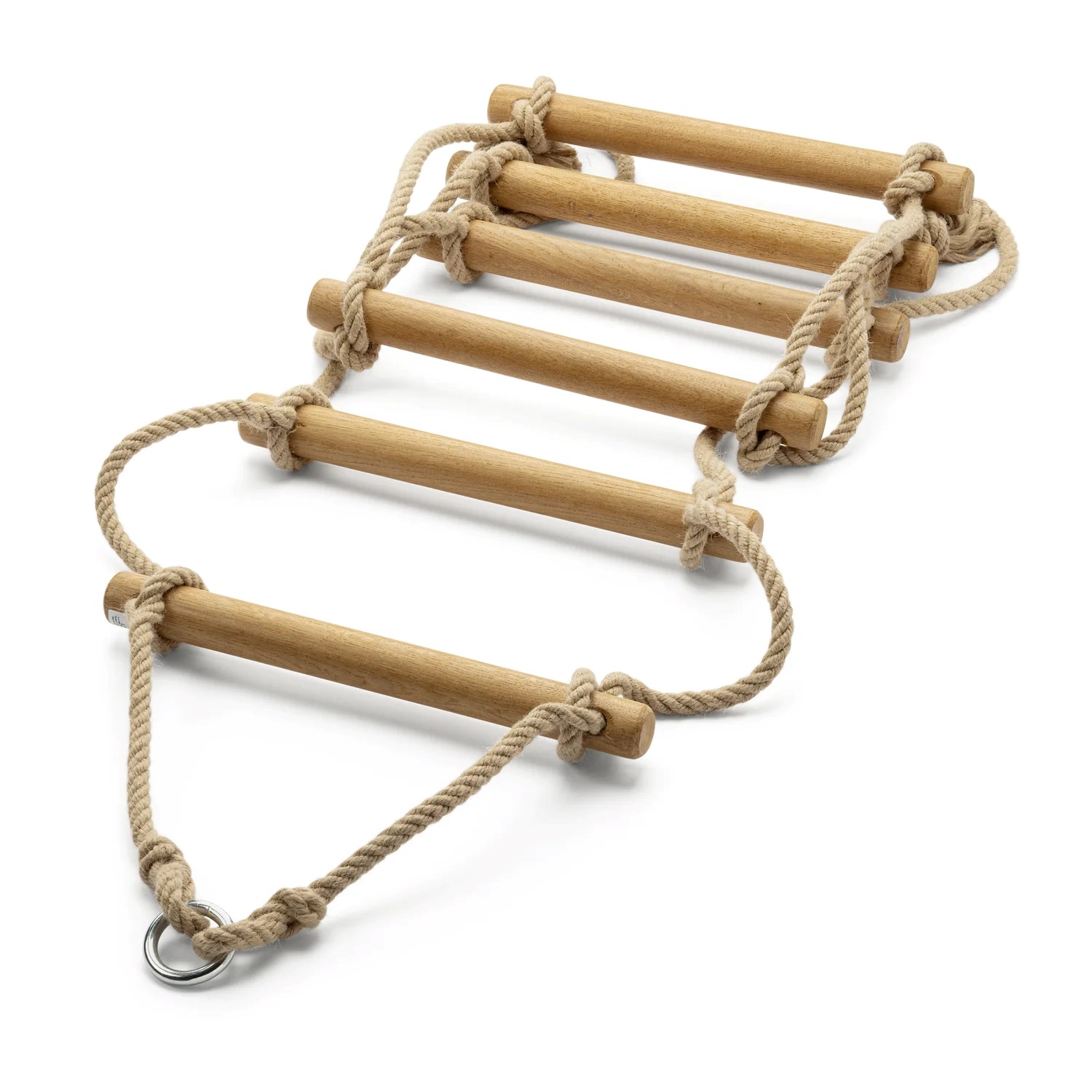

0 thoughts on “What Is A Hook And Ladder Truck”